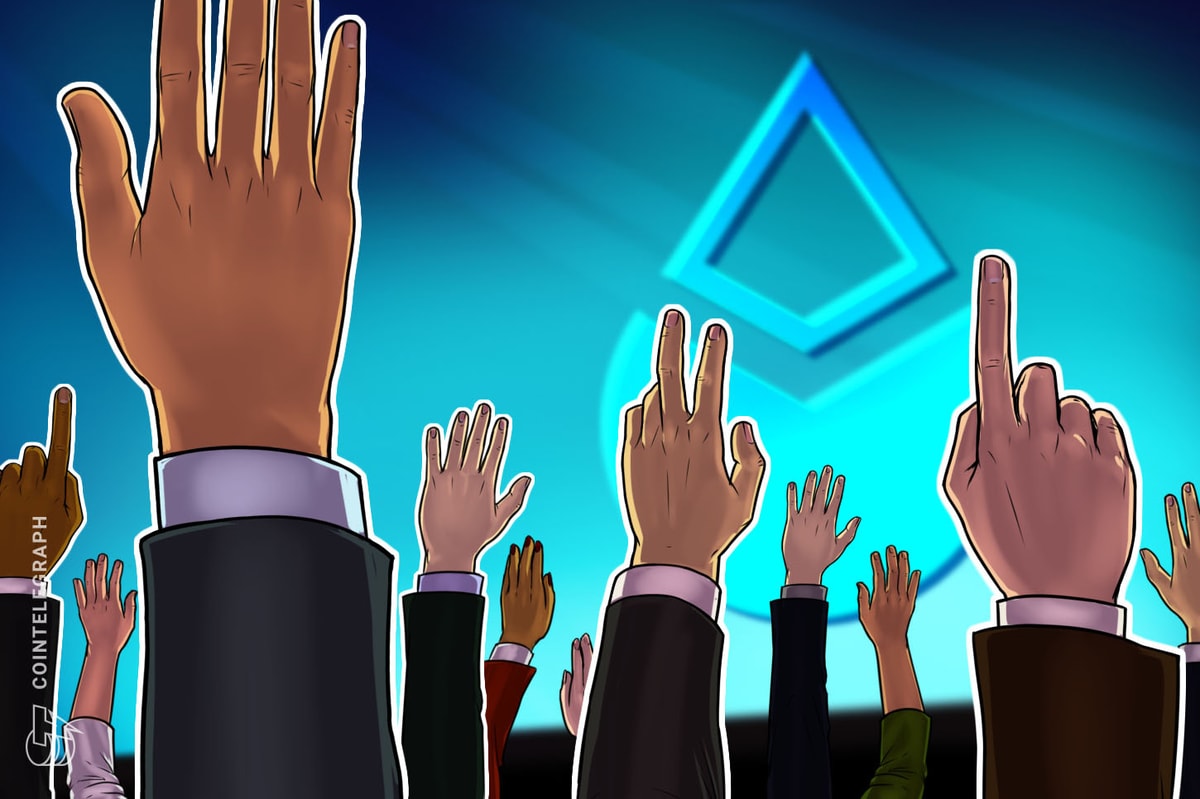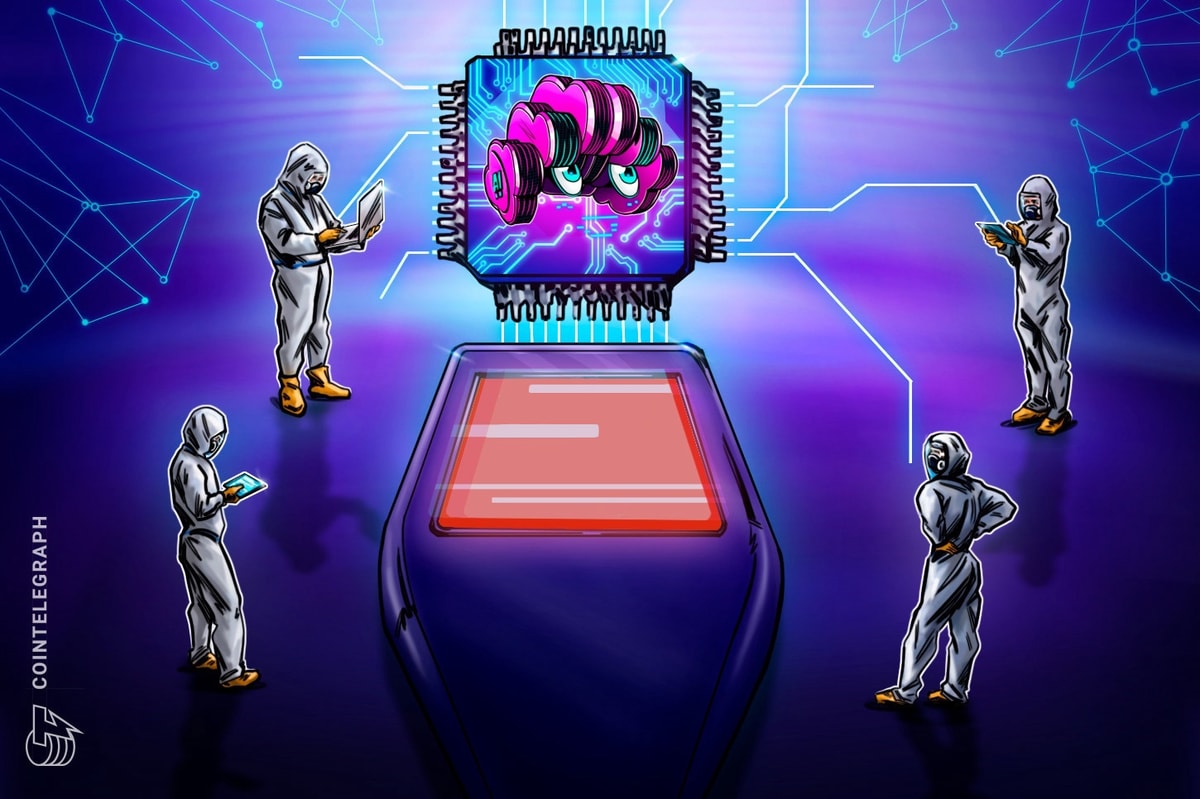Blockchains can be considered virtual islands or distinct ecosystems, originally designed with limited ability to interact directly with one another. This design choice has historically restricted users’ ability to transfer assets freely across different blockchain platforms.
Blockchain bridges have emerged as a solution to overcome these limitations and facilitate the seamless movement of funds across chains. This allows cross-chain compatibility, simplifying the process of transferring digital assets between diverse chains and enabling users to move their funds conveniently without getting stuck to one blockchain.
The use case of bridges isn’t limited to the transfer of assets between chains. It could include complex executions like simultaneous utilization of resources or functions by decentralized applications (DApps) from multiple blockchains.
How a bridge to Solana works
A user can use a bridge to transfer a digital asset across blockchains. For instance, if a user wants to move Binance USD (BUSD) from the BNB Chain to Solana or vice-versa, the bridge will facilitate it. Although several mechanisms exist to complete the transfer, depending on the bridge, the process usually involves a lock-and-mint system.
This refers to locking assets on the source chain and minting the wrapped version of the asset of an equivalent value on the destination chain. While the circulating supply of the original asset remains unaffected, the process effectively creates a wrapped version of the asset on the destination chain, which has its own supply metrics.
In the reverse process, termed burning and minting, the system burns (destroys) the wrapped asset and mints (releases) the locked token, putting it back into circulation on the native blockchain.
Though several bridges to Solana exist, the most popular based on total value locked are Portal (previously Wormhole) and Allbridge.
Process for bridging on a decentralized bridge platform
The following outlines the process for bridging using Portal.
Step 1: Select the blockchains
The bridge requires the user to select the source blockchain (the chain the assets are coming from) and the target blockchain (Solana).

Step 2: Connect the wallet
Connect the Web3 wallet to the bridge using the “Connect” button. A prompt will appear asking the user to select from an array of supported wallet providers and connect it to the bridge.
Step 3: Select an asset to transfer
After a wallet is connected to the bridge, the user must select an asset from the “Select a Token” drop-down menu. The user needs to click any one from the list of supported assets or search for the asset they want to transfer.
Usually, the interface would display the balance for the selected asset, enabling the user to identify the right token. After that, they need to enter the amount they wish to transfer.

Step 4: Connect the Solana wallet
When the user clicks the “Connect” button, the interface displays an array of supported Solana wallets, and the user can select from the options presented.

Click on the relevant option and follow the prompts in the wallet to connect to the bridge.
Step 5: Create associated token account
Once the origin and target wallets are linked, the user must create the token account in the Solana wallet by clicking the “Create associated token account” button to receive the tokens. If a user already has an associated token account, they can directly move to the next step.
Step 6: Bridge the funds
The user must approve the token transfer through the bridge interface and confirm the transaction in the connected wallet. They can send assets to the bridge using the “Transfer” button.
Step 7: Redeem the funds
When the bridging of funds is complete, the user can use the “Redeem” button to claim the tokens from the bridge using their Solana wallet.

Process for bridging on a centralized bridge platform
Let us understand how to bridge from a network to Solana using the OKX crypto exchange.
Step 1: Transfer the funds to the wallet
The user must transfer the funds they want to bridge to their OKX wallet and then head over to the section called “Bridge.”

Step 2: Connect wallet
The user must now click “Connect wallet” and scan the QR code to link to the OKX wallet. To add a wallet extension to the browser, users can select “OKX wallet extension.” Users who are using other wallets, such as MetaMask, can select “Other.” They need to enter the OKX wallet password and select “Confirm” to facilitate linking of the OKX wallet with OKX Swap.

Once the wallet is connected to OKX Swap, the user can complete bridging Tether (USDT) to Solana.
Step 3: Complete the process
The user now selects the source blockchain and destination wallet (in this case, Solana). They must also choose the token in the source and destination chains they want to bridge. The interface will display the exact amount of tokens the user will receive.
Select “Swap across chains” and confirm the transaction when the wallet shows. The transfer via the bridge is then complete.
Understanding bridging terminology and fee structures
Understanding the terminology and fee structures is necessary before starting to bridge assets.
Slippage
Slippage refers to the difference between the expected price of a transaction and the price at which the transaction is actually executed. Minimum slippage works in the users’ favor. In the absence of flexibility regarding slippage, the transaction will be aborted if there is a price change, and the user will lose the network fee. When liquidity in the pool is limited, leaving some slippage becomes important.
Trading route
In the context of asset bridging, a trading route typically refers to an asset’s path during a swap or bridge transaction, which can involve multiple steps or platforms. It is important to note that swap in centralized exchanges doesn’t function as a bridge but as a decentralized finance (DeFi) aggregator under the hood.
Nonetheless, not all centralized exchanges function this way. The algorithm automatically selects a suitable bridge. Some users provide users the option to change the bridge manually.
Network fee
This refers to the cost of using the blockchain network to facilitate bridging. The fee structure is multilayered. Usually, four types of fees are levied: source network fees, destination network fees, bridge fees and conversion fees.
A user pays source network fees to the source network to transfer an asset. Destination network fees are charged by the destination network (in this case, Solana) to allow transactions from the bridge to the wallet.
Bridge fees are levied by the bridges working underneath the swaps on centralized platforms. Conversion fees are the extra amount users must pay when switching between virtual assets during the bridging process. For instance, if a user is converting Cosmos (ATOM) on the Cosmos network to USDT on the Solana network, the ATOM to Solana (SOL) conversion will require a fee.
Transaction time
Transaction time in bridges depends on three variables: source network confirmation time, bridge processing time and destination network confirmation time. For instance, when the source network is Ethereum, the confirmation time depends on the amount of gas used.
As for the destination network, Solana is known for super-quick processing, and the funds should reach the wallet in mere seconds. The efficiency of the bridge being used is also a factor in the time taken in the bridging process.
Common risks concerning blockchain bridges
Blockchain bridges deal with risks such as centralization, operational risks such as downtime or maintenance, and smart contract bugs or flaws. Some bridges rely on a centralized authority to facilitate the transfer of digital assets, which is not in sync with the ethos of the blockchain ecosystem. Moreover, like all software, bridges too are prone to downtime or maintenance.
Sometimes, when using bridges, transactions get stuck. However, reputable bridges are designed to manage such situations and will likely resolve the problem eventually. In case the transaction gets stuck because of inadequate gas, the funds will return to the user’s wallet.
Examples of hacks that occurred via blockchain bridges
Several significant hacks have occurred via blockchain bridges, illustrating vulnerabilities in these platforms:
Poly Network hack (August 2021)
This was one of the biggest DeFi hacks, with almost $600 million stolen because of a flaw in Poly Network’s smart contracts. After discussions with the Poly Network team and the larger crypto community, the hacker eventually returned most of the funds.
Wormhole Network hack (February 2022)
A hack that affected the Wormhole bridge, which connected several blockchains, including Ethereum and Solana, cost over $320 million. Fake Ethereum-wrapped tokens were created on the Solana blockchain as part of the hack.
Ronin Network hack (March 2022)
The Ronin Network, an Ethereum sidechain developed for the Axie Infinity game, lost almost $625 million in Bitcoin (BTC). The hackers started making unauthorized withdrawals after compromising private keys.
Harmony’s Horizon Bridge hack (June 2022)
The Horizon bridge, operated by Harmony, was exploited for around $100 million. The attackers compromised the bridge’s security by getting into the multisignature wallet that maintained the bridge’s finances.
Multichain (July 2023)
In July 2023, Multichain, a cross-chain bridge, experienced a significant exploit, resulting in a loss of $125 million in cryptocurrencies, predominantly on Fantom. The bridge was temporarily halted due to unforeseen issues, leading to the arrest of Multichain’s CEO, Zhaoju, by Chinese authorities. It was disclosed that Zhaoju had sole control over the protocol’s funds, contrary to previous claims of decentralization. Currently, the Multichain bridge is inactive.
It’s important that users conduct proper due diligence before selecting a bridge to avoid malicious actors withdrawing funds from their wallets. Moreover, keeping a separate wallet to use with bridges is a wiser approach than using the primary wallet with substantial holdings.











